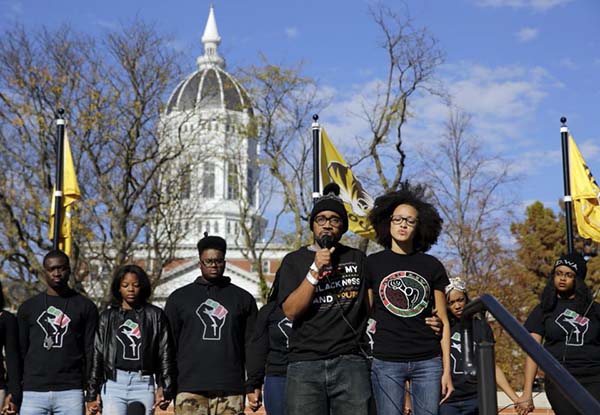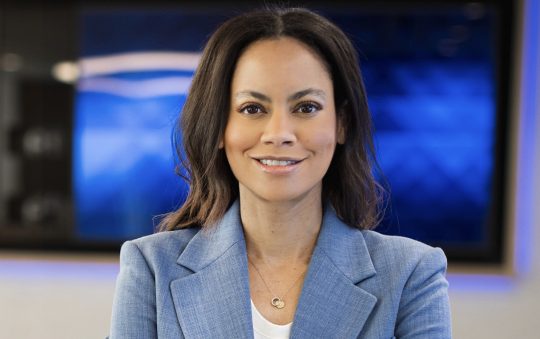
WASHINGTON (AP) — Officials were slow to handle racial incidents at the University of Missouri, and that contributed to protests, a student hunger strike, a threatened boycott by the football team and ultimately, the resignations of two administrators.
At the University of Oklahoma, damage over a racist chant that was caught on video was kept to a minimum when the school president acted quickly to expel the students and condemn the episode.
Swift action is high among the best practices that school leaders can use to help defuse campus tension, experts say.
“There’s no such thing as having a perfect plan, but you have to continually be in the motion of creating a better campus climate,” said Jabar Shumate, Oklahoma’s vice president for the university community.
Benjamin Reese, president of the National Association of Diversity Officers in Higher Education, said administrators should not wait for students to demand a meeting. Instead, he said, they can invite students to strategic meetings and join students in protests if it’s over an issue they agree with. Administrators should know what they are going to do before something happens and be willing to speak out immediately, Reese said.
For example, Harvard University President Drew Faust immediately condemned the taping over of portraits of black professors on a wall. “Such acts of hatred are inimical to our most fundamental values and represent an assault on the mutual respect essential to our purposes as a community of learning and inquiry,” Faust said a day after that happened.
“We all absolutely need to prepare and there’s a lot of things that we can do,” said Nancy Cantor, chancellor of Rutgers University-Newark, who joined students at her university at a recent protest.
College leaders cannot create perfect environments, Reese said, “but I better try as hard as I can to work toward that environment.” He plans a national meeting to help colleges come up with strategies.
Campus protests are occurring almost daily.
At Missouri, the perceived slow response to a series of episodes marked by racial slurs and graffiti sparked protests and the resignations. Students are protesting at places such as Yale, where a college administrator upset many students by pushing back against a school committee that asked students to avoid culturally stereotypical Halloween costumes like Native American headpieces.
The Education Department’s civil rights office fielded 53 racial harassment complaints from postsecondary schools in the 2007-2008 budget year, a number similar to previous years going back to 2004. The next year, the number soared to 91 and it has continued to rise almost annually, to a high of 177 before dipping to 146 in the budget year that ended Oct. 1.
To help schools deal with these issues, the department convened students and administrative leaders in Chicago for a private meeting in November, as various schools have taken steps on their own.
Education Secretary Arne Duncan said the fast response to racial incidents, a campus-wide statement of values to help set a tone for students, and support for student-led initiatives can help episodes from overwhelming campuses.
“There is no constitutional right to perpetuate hostile environments or to engage in threatening speech,” Duncan said. “We can do better in our responses to these incidents and creating more welcoming climates.”
In March, Oklahoma moved swiftly after Sigma Alpha Epsilon members were videotaped singing a racist chant on a charter bus. University President David Boren immediately condemned the video and two students were expelled. Since then, the university has instituted mandatory diversity courses for all freshmen and transfer students.
Officials at Missouri have talked about instituting similar programs at the state’s flagship campus in Columbia, Shumate said.
Duncan also pointed to the University of Mississippi as a role model. The school has extensive experience dealing with racial tension. President John F. Kennedy sent federal troops to force the school to admit its first black student, James Meredith. For years, students there waved Confederate flags at sporting events.
Given that history, racial incidents get more attention on campus, said Lee Tyner, the university’s general counsel and chief of staff.
When students draped a noose on the statue of Meredith on campus, the school responded immediately — and in an environment where the university is always talking with its students about diversity and racial harmony, he said.
That means there are already conversations going on between the administration and the students, and agreed-upon words and tools for dealing with problems, said Tyner, whose school hosts the William Winter Institute for Racial Reconciliation.
“You don’t start talking about it when an incident happens,” he said.






